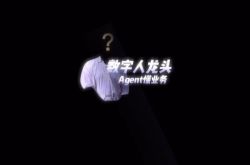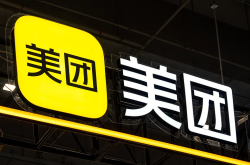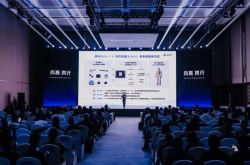Game Rules Shift: Stellantis Eyes Jeep Revival with Chinese Tech
![]() 10/31 2025
10/31 2025
![]() 465
465
Lead | Introduction
In 2025, shortly after taking the helm as CEO of Stellantis, Filosa swiftly organized a high-level executive delegation for an intensive visit to China. Recent reports reveal that Stellantis is exploring deeper collaboration with Dongfeng Group, aiming to co-develop a new generation of rugged off-road models for the Jeep brand. This partnership would leverage the technological platforms of VOYAH and Mengshi, two high-end new energy brands under Dongfeng Motor Corporation. After experiencing setbacks in the Chinese market, is Stellantis now re-evaluating its strategy? This re-evaluation represents not merely a market concession but a rational decision grounded in industrial realities. By harnessing Chinese technology, supply chains, and operational expertise, Stellantis aims to navigate the challenges of global automotive transformation.
Published by | Heyan Yueche Studio
Written by | Cai Jialun
Edited by | He Zi
Full text: 1,817 characters
Estimated reading time: 3 minutes
Jeep, once the undisputed king of off-road vehicles, may now depend on Chinese technology for its survival.
Should Jeep embark on a third attempt to penetrate the Chinese market, technologies such as batteries, intelligent driving systems, and smart cockpits—once dismissed—could become its lifeline. This spectacle of "borrowing the east wind" (a Chinese idiom meaning leveraging external opportunities) is not just Jeep's path to redemption but a lesson for all traditional automakers: on the electric and intelligent vehicle track, adapt or face obsolescence.
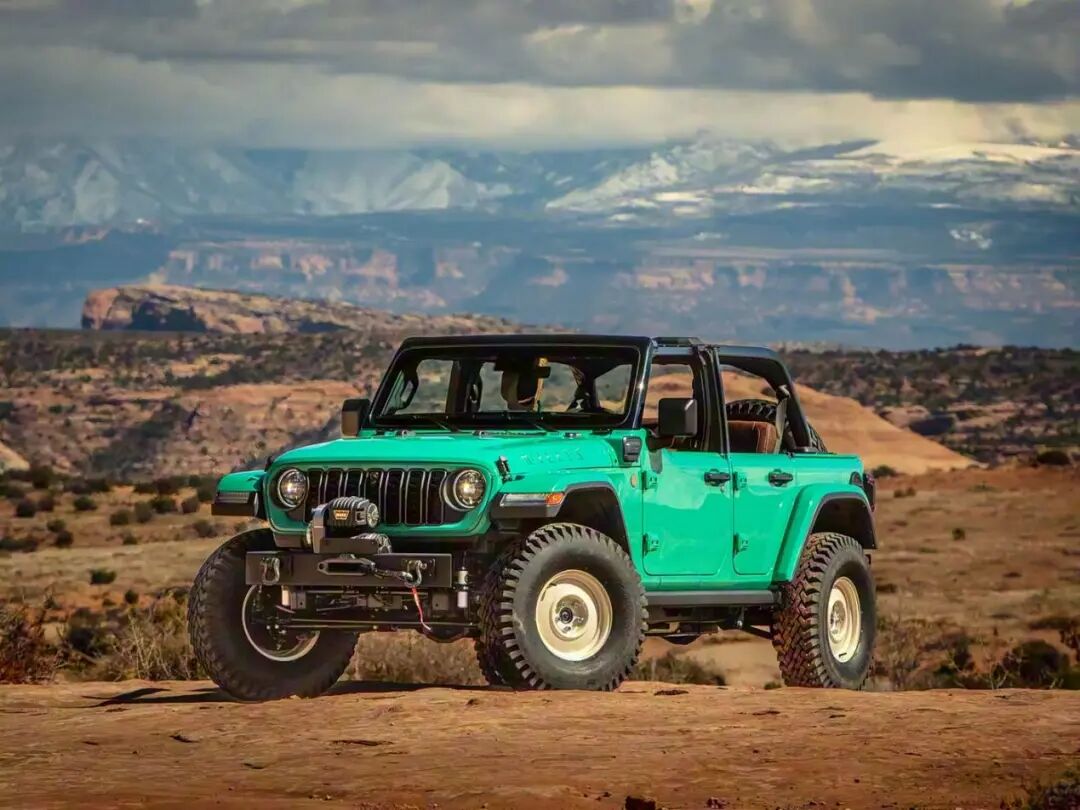
△Can Jeep successfully "borrow the east wind"?
'Jeeps' Are Mired in Difficulties
From Beijing Jeep in 1983 to GAC Fiat Chrysler in 2010, Jeep's two forays into the Chinese market ended in failure. The brand, once celebrated for its slogan "Not all SUVs are Jeep," reached a peak of 220,000 annual sales in 2017, emerging as a dark horse among domestic joint ventures. However, by 2021, GAC Fiat Chrysler's annual sales had plummeted to 20,000 units, with no signs of recovery. In 2022, Stellantis announced the termination of its joint venture with GAC Group. Currently, Jeep's domestically produced models have ceased production, with only imported models remaining on sale.
During the era of fuel-powered vehicles, models like the Jeep Wrangler, Toyota Prado, and Mercedes-Benz G-Class were recognized as hardcore off-road vehicles by consumers. However, their high pricing and low comfort levels resulted in poor overall sales, relegating hardcore SUVs to a niche segment in the domestic market. Jeep's decline can be partly attributed to its slow adaptation to market changes. While Chinese consumers increasingly demanded intelligent, comfortable, and new energy vehicles, Jeep clung to traditional fuel technology, failing to launch competitive electrified models in a timely manner. Brands facing similar predicaments to Jeep are not uncommon, with once-glorious multinational brands like Mitsubishi and Fiat also being marginalized in China, the world's largest automotive market.
The current hardcore off-road vehicle market has witnessed a new wave of enthusiasm, but the protagonists have shifted to Chinese domestic brands. Tank, Jetour, Mengshi, and Fangchengbao are aggressively targeting this niche market, with even boxy SUVs now having dedicated sales rankings. Traditional hardcore off-road vehicles are facing unprecedented pressure from "refrigerators, TVs, and sofas" (a colloquial term referring to vehicles with high comfort and advanced features).
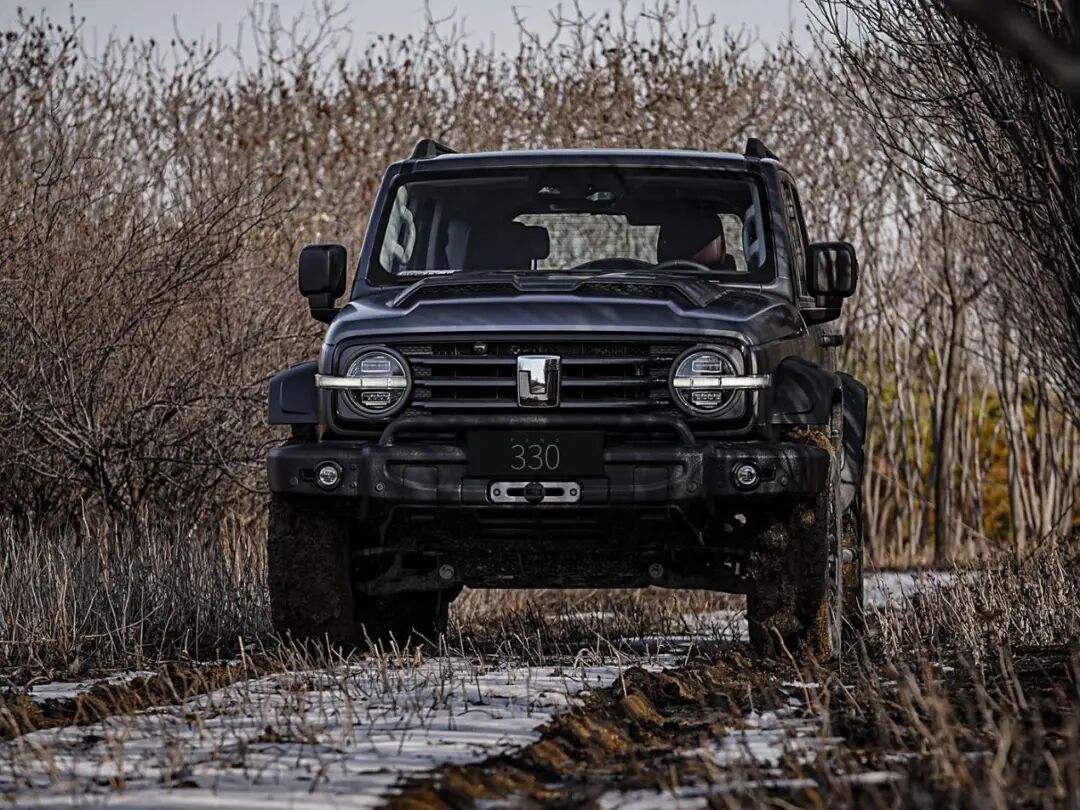
△Domestic brands like Tank are emerging as strong contenders
How Can Stellantis 'Borrow the East Wind'?
Stellantis Group reported a net loss of €2.3 billion in the first half of 2025, failing to reverse its downward trajectory. Given that its Peugeot and Citroën brands are also struggling in the Chinese market, facilitating collaboration between Jeep and Dongfeng Group seems like a logical move.
During Stellantis' major structural adjustment, China received significant emphasis: Olivier, the current head of China strategy, was promoted to head of China and Asia-Pacific operations, joining the group's leadership team. This appointment came just three months after the new CEO, Filosa, led a delegation of executives on a visit to China in July, during which they intensively inspected Dongfeng's bases and battery swap facilities. This marked a strategic re-evaluation of the Chinese market. Unlike the traditional joint venture model, where foreign parties provided product platforms and technical standards while Chinese parties handled localization, production, sales, and procurement, the new cooperation model emphasizes both parties as core contributors of technology.
Reports suggest that under this framework, Stellantis Group will lead the overall styling design and iconic chassis tuning of future Jeep models. Dongfeng Group, however, will no longer be a mere manufacturing and market partner but a key technology supplier. It will contribute advanced technologies accumulated from high-end new energy brands like VOYAH and Mengshi, particularly core "three electric" technologies (batteries, motors, and electronic control systems) and smart cockpit technologies, injecting electrification and intelligence into Jeep's new models. This division of labor clearly reflects the capability and confidence of Chinese automakers to reverse-export core technologies.
Regarding rumors of Jeep's return to the Chinese market leveraging Dongfeng Mengshi, Dongfeng recently responded that these are speculations or rumors, though the company maintains communication with Stellantis.
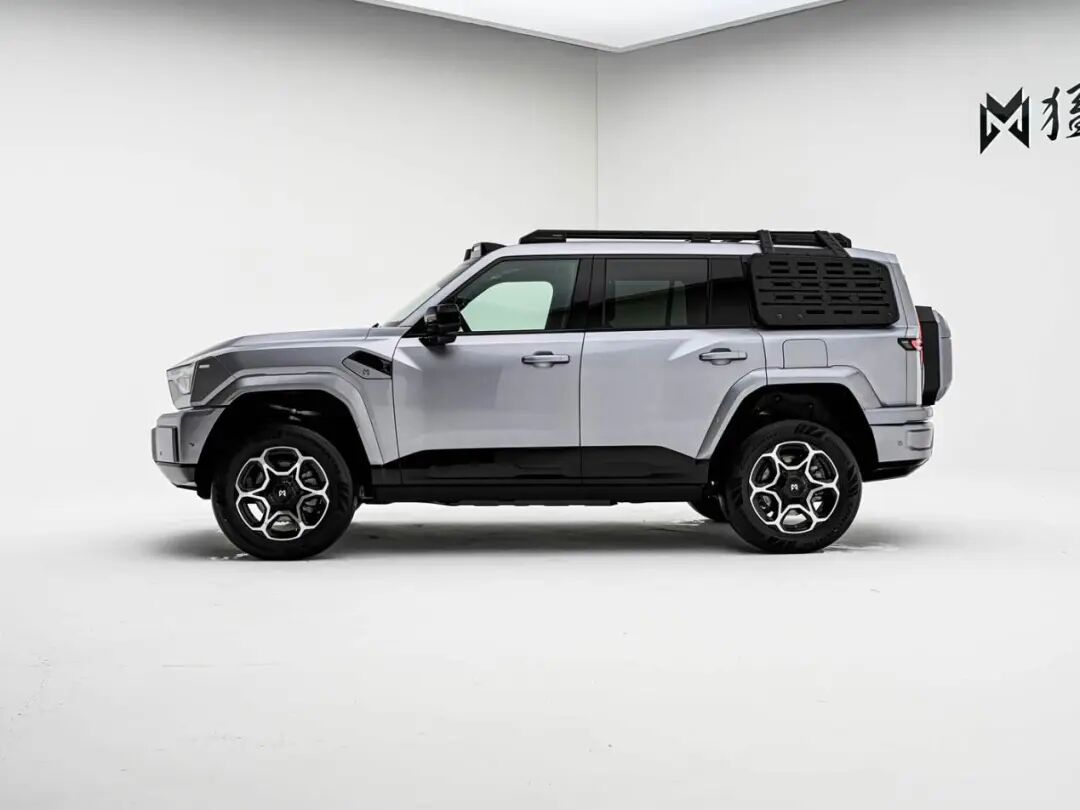
△Mengshi and other brands have achieved remarkable results in new energy transformation
How Can Jeep Break Through?
Can Stellantis and Dongfeng forge a new partnership? This new model breaks away from traditional joint venture frameworks, emphasizing resource complementarity and technological synergy. Dongfeng's technological prowess, demonstrated by models like the Mengshi M817, particularly its integration of Huawei's full-stack intelligent solutions and CATL's battery technology, provides a solid foundation for cooperation. If Jeep's new models can replicate the success of VOYAH, which saw monthly sales soar to 10,000 units after incorporating Huawei's ADS intelligent driving system, they will have a chance to rapidly enhance product competitiveness.
For Stellantis, if this collaboration materializes, it will not only be a shortcut to acquiring Dongfeng's electrification technology but also a key stepping stone to accessing China's intelligent automotive supply chain, including Huawei. Drawing on its previous experience of investing €1.5 billion to acquire a stake in Leapmotor and establishing a joint venture to expand into the European market, Stellantis aims to leverage Dongfeng's technology platform to achieve a global layout for Jeep's new models, creating a virtuous cycle of "technology introduction-China manufacturing-global export." This innovative model of Chinese technology empowering foreign brands points the way for traditional off-road brands like Jeep: while preserving brand DNA such as classic design and chassis tuning, they must actively embrace China's leading electrification and intelligent technologies to break through the siege of domestic brands and forge a new path of brand rejuvenation and market expansion.
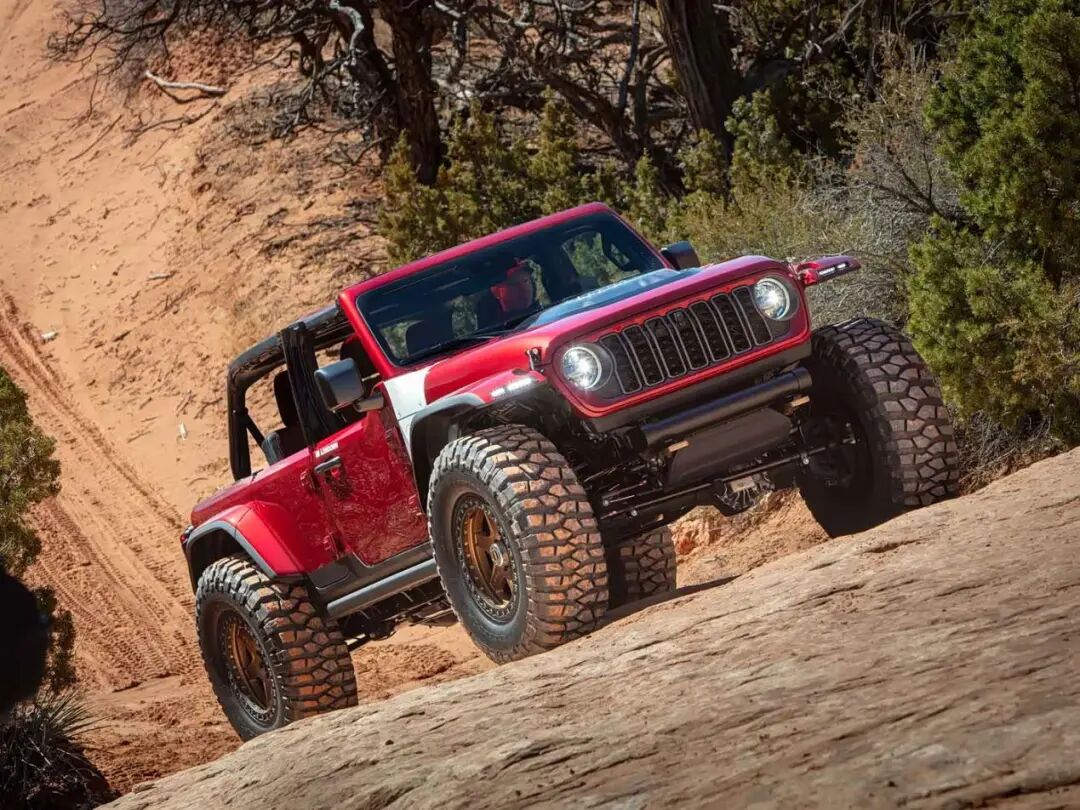
△Jeep needs new technology empowerment to break through
Commentary
Once-arrogant multinational giants are now humbling themselves to learn from Chinese counterparts. This is not just Jeep's self-redemption but a microcosm of the automotive industry's century-old transformation. As the era of "technology for market access" fades into history, all traditional automakers must wake up: either bet on Chinese technology for a glorious transformation or be ruthlessly eliminated in the electric and intelligent wave.
(This article is original to 'Heyan Yueche' and may not be reproduced without authorization.)

